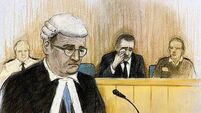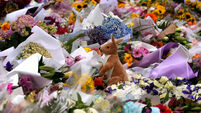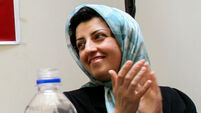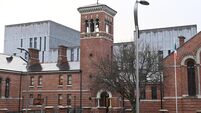Relatives struggle to identify crash victims
Grieving relatives, many black-clad and weeping, arrived at a central Athens morgue today by bus, taxi or on foot to try to identify the remains of some of the 121 people – including 10 families – killed in Greece’s worst plane crash.
A young woman, eyes shaded by dark sunglasses, slumped to the ground outside the building in the hospital complex, her head in her hands.














